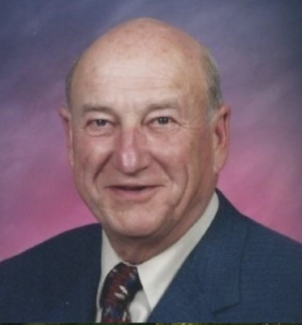For producers living and farming in the Chesapeake Bay Watershed, rules and regulations are a way of life.
“It’s become customary now. We’re more used to it,” said Delaware poultry producer Aaron Thompson. “The fear is the future. Are they going to change the goal line or finish line on us?”
In 2010 under the Clean Water Act, the Environmental Protection Agency published the total maximum daily load rule, also known as TMDL. That determines the amount of pollutants such as nitrogen, phosphorus and sediment that may be released on a daily basis from the six states that compose Chesapeake Bay watershed. It’s all in an effort to restore the bay. Each state can establish its own set of TMDL mandates. If it doesn’t, the EPA can implement them and farmers must comply.
But some agricultural law specialists say it’s a very possible that the rules could change, just as Thompson fears.
Under the Clean Water Act, the federal government is responsible for regulating point source pollutants–that is, a known discharge source–such as a pipe, ship or smokestack. Generally, states are responsible for regulating non-point source pollutants such as runoff from fertilizer, rain or snowmelt.
In 2015, though, the U.S. Court of Appeals for the Third Circuit said the feds could have authority over both point source and non-point source pollution. That could give the government more jurisdiction through the TMDL process.
“That’s a huge development in terms of the way the court construed the rules under the Clean Water Act,” agricultural law and taxation specialist Roger McEowen explained. “If that turns out to be the case and if another court follows that same reasoning at the federal level, that is a tremendous development. That gives the feds much greater jurisdiction over various types of runoff from farm fields and ranches too. We’ll have to watch to see what happens as we get into the future of 2016 and beyond.”
It’s a shift that could slowly bleed into other regions of the country, including the Midwest.
“This could have an impact with what’s going on in Iowa with the Des Moines Water Works case, where they’re trying to say there are requirements and the feds should have requirements in respect with drainage from farm field tile,” McEowen said.
He said that farmers can see what’s occurring in the Chesapeake Bay watershed as a template of what may come to Midwestern agriculture.
“That may not necessarily be a good thing by a lot of agricultural operations in the Midwest. They do have poultry (on the East Coast). We don’t have as much poultry in the Midwest. It’s more hogs and cattle. Some of the issues are different, some are similar,” McEowen said. “In terms of the regulatory effort of the EPA, I think we can learn as a lesson to see what they’ve done on the Eastern Shore of Maryland and the Chesapeake and see what and how much of that could be applied to the Midwest. I think it’s only a matter of time.”
In the meantime, producers are complying with the regulations and hope others see their efforts too. “I would like to see more credit given to what has been done. It’s a challenge. We may be farther ahead than what many people realize,” Thompson said.
By: Betsy Jibben, AgDay TV National Reporter
Source: AgWeb.com




